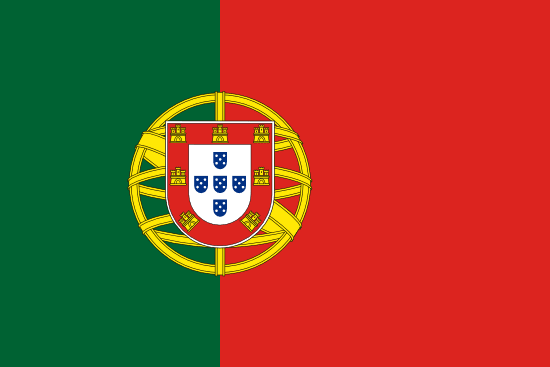"Aqui nasceu Portugal | Here Portugal was born"
About:
Guimarães, Portugal, founded in the 9th century, is often referred to as the "birthplace of Portugal" due to its significant role in the country's formation. It was the feudal territory of the Portuguese Dukes who declared independence from the Kingdom of León in 1128. Guimarães became the first capital of Portugal and was later recognized as a UNESCO World Heritage Site due to its well-preserved medieval architecture. Today, it remains a vibrant cultural and tourist hub.
When to visit:
Guimarães, located in Portugal, is a charming city known for its rich history and well-preserved medieval architecture. The best time to visit Guimarães is during the spring and autumn months when the weather is mild and ideal for exploring the city's historic sites and picturesque streets. Summer can be hot and crowded with tourists, while winter can be chilly and rainy. Consider visiting during the festive period of Christmas and New Year when the city comes alive with holiday decorations and events.
When to avoid:
The worst time to travel to Guimarães on a holiday is during the peak summer months of July and August. These months experience high levels of tourist traffic, leading to crowded attractions and accommodations. Additionally, temperatures can soar, making outdoor activities less enjoyable. For a more pleasant experience with fewer crowds and milder weather, it is advisable to visit Guimarães during the shoulder seasons of spring or autumn.
Winter (Dec-Feb)
In Guimarães, Portugal, the wettest period is from November to February. Average temperatures range from 5°C to 14°C. Rainfall is highest in December, averaging around 180mm. Sunlight is limited to roughly four hours a day, with frequent cloud cover. An average day for a visitor during this period would involve overcast skies and regular showers. The chill in the air is palpable, but not harsh, allowing for comfortable exploration of the city's historic sites. It's advisable to carry an umbrella and wear layers.
Summer (June-August)
In Guimarães, Portugal, the warmest part of the year is from June to September, known as the summer season. During this time, the average high temperatures range from 24°C to 28°C (75°F to 82°F). The rainfall is quite low during this period, with July being the driest month averaging around 15mm of rain.
The region experiences long days of sunlight, with up to 10 hours per day. The humidity is relatively moderate, usually around 60-70%, making the heat quite bearable. Cloudiness is minimal, with clear or partly cloudy skies most of the time.
A typical day for a visitor in Guimarães during the warmest part of the year would involve warm, sunny weather with clear blue skies. The heat is comfortable rather than oppressive, thanks to the moderate humidity. There's minimal chance of rainfall disrupting outdoor activities. The evenings are cooler, making it perfect for strolls around the city's historic sites.
Language:
In Guimarães, the most commonly spoken language is Portuguese, as it is the official language of Portugal. Additionally, English is widely taught in schools and is often used in business and tourism sectors. Other languages such as Spanish and French may also be spoken due to proximity to other European countries and diverse population.




